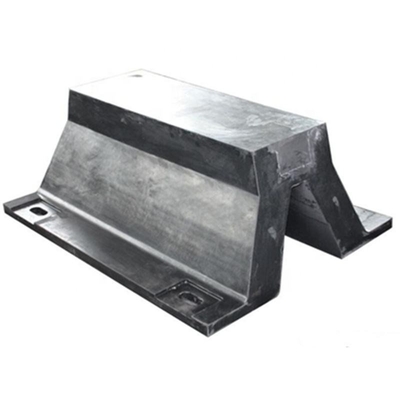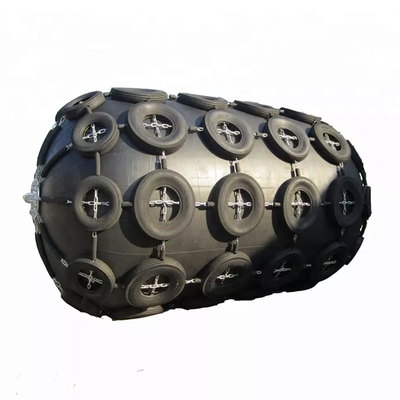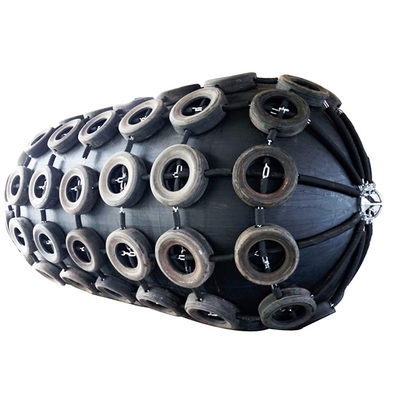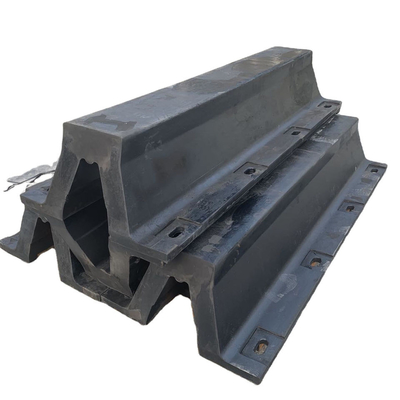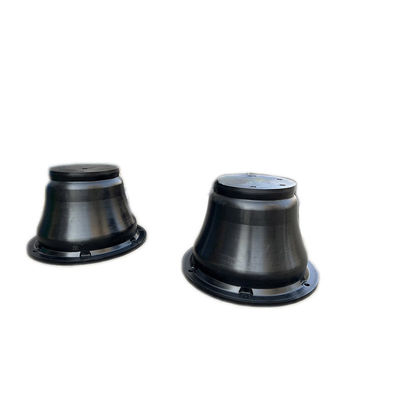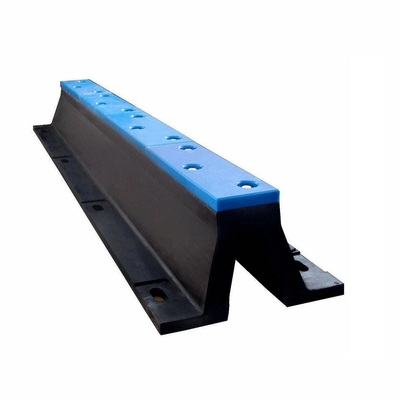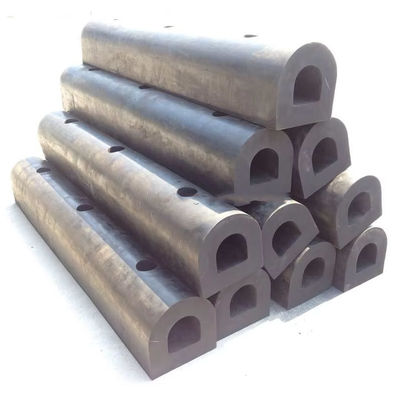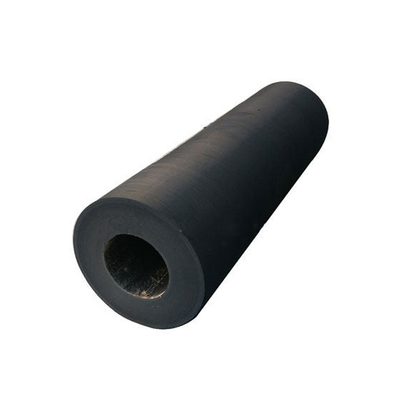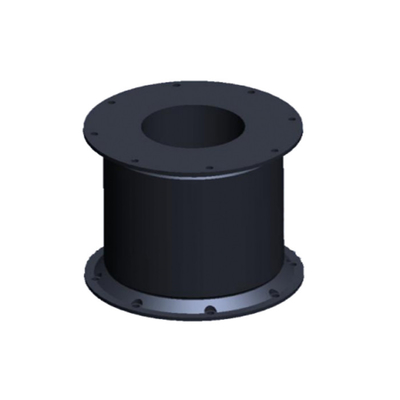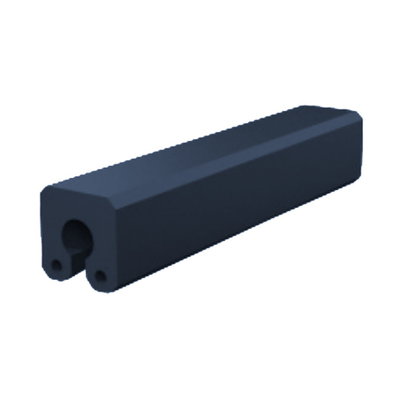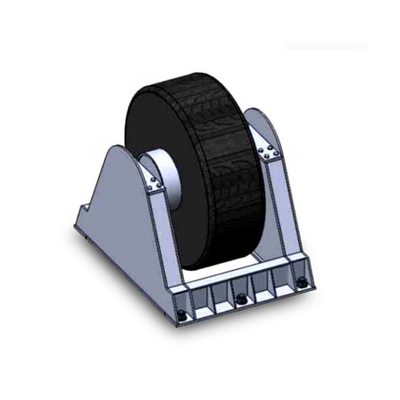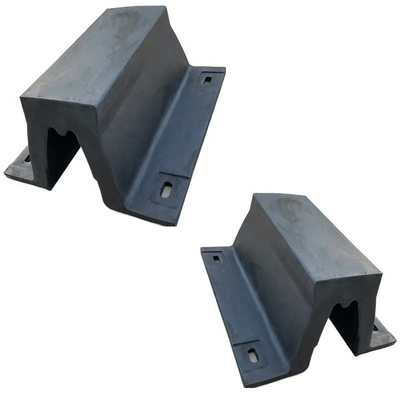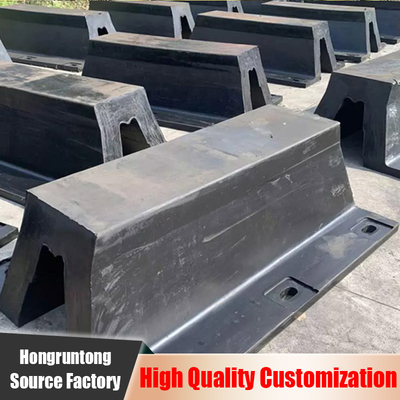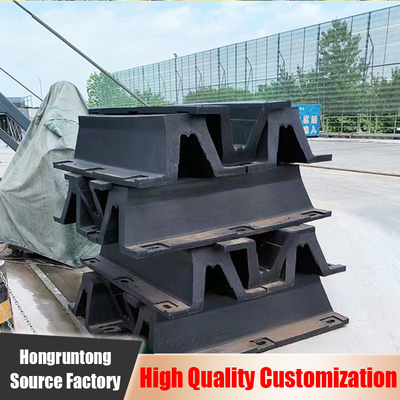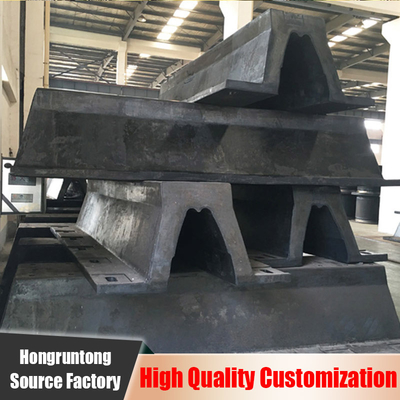V Fender Ozone Resistant Prevents Surface Cracks High Abrasion Resistance
Description
V-Type Fenders are advanced rubber buffers designed for optimal energy absorption in marine environments. Their distinctive V-shaped profile provides superior multi-directional impact resistance while maintaining low reaction forces, protecting both vessels and port structures. Manufactured from high-grade elastomers (natural rubber/SBR/EPDM blends), they offer exceptional durability against UV radiation, seawater corrosion, and extreme temperatures (-40°C to +70°C).
These fenders feature a modular design for easy installation and maintenance, with standardized sizes ranging from 300mm to 1000mm in height. Their hollow construction ensures lightweight performance without compromising energy absorption capacity (up to 80kJ/m²). Widely used in commercial ports, LNG terminals, and offshore platforms, V-Type Fenders comply with international standards including PIANC and OCIMF. Optional enhancements include wear indicators, fire-resistant compounds, and non-marking surfaces for specialized applications.
Specifications
| Product Name |
V Type Fender |
| Material |
High Performance Natural Rubber |
| Standard |
HGT2866-2016, PIANC2002 |
| Shape |
V Type |
| Feature |
Easy Replacement Firm for Installation |
| Part |
Dock Bumper |
| Usage |
Dock Port Wharf Boat Ship |
| Surface |
Matte/Smooth |
| Packing |
Pallet or Wooden Case |
| Keywords |
Arch Rubber Fender/V Rubber Fender |
| Model |
A |
D |
E |
F |
H |
K |
M |
R x Q |
Lmax |
| V Type |
[mm] |
[mm] |
[mm] |
[mm] |
[mm] |
[mm] |
[mm] |
[mm] |
[mm] |
| HM-VTF150 |
50 |
240 |
326 |
98 |
150 |
16 - 20 |
108 |
20 × 40 |
3000 |
| HM-VTF200 |
50 |
320 |
422 |
130 |
200 |
18 - 25 |
142 |
25 × 50 |
3000 |
| HM-VTF250 |
62.5 |
400 |
500 |
163 |
250 |
20 - 30 |
164 |
28 × 56 |
3500 |
| HM-VTF300 |
75 |
480 |
595 |
195 |
300 |
25 - 32 |
194 |
28 × 56 |
3500 |
| HM-VTF400 |
100 |
640 |
808 |
260 |
400 |
25 - 32 |
266 |
35 × 70 |
3500 |
| HM-VTF500 |
125 |
800 |
981 |
325 |
500 |
25 - 32 |
318 |
42 × 84 |
3500 |
| HM-VTF600 |
150 |
960 |
1160 |
390 |
600 |
28 - 40 |
373 |
48 × 96 |
3000 |
| HM-VTF800 |
200 |
1300 |
1550 |
520 |
800 |
41 - 50 |
499 |
54 × 108 |
3000 |
| HM-VTF1000 |
250 |
1550 |
1850 |
650 |
1000 |
50 - 62 |
580 |
54 × 108 |
3000 |
| *Note: Other sizes can be customized according to the requirements. |
Features
Optimized Energy Absorption
The V-profile geometry provides superior energy dissipation (up to 80kJ/m²) while maintaining low reaction forces (<15% of absorbed energy).
Multi Directional Protection
Symmetrical design accommodates impacts from various angles (up to 15° off-center) without performance degradation.
Advanced Rubber Compounds
Proprietary NR/SBR/EPDM blends with carbon black reinforcement achieve 60-70 Shore A hardness for ideal balance of stiffness and elasticity.
Extended Service Life
UV-stabilized formulations and anti-ozone additives ensure 15-20 years operational lifespan in harsh marine environments.
Applications
● Dockside Mooring Systems
● Container Shipping Terminals
● Liquid Cargo Terminals
● Ro Ro Ports
● Bulk Handling Facilities
Advantages
Cost Effective Production
Optimized manufacturing processes deliver superior quality at competitive price points.
Supply Chain Reliability
Established network of premium raw material suppliers ensuring consistent quality inputs.
Project Management Expertise
Experienced team capable of handling complex, large-scale fender system projects.
Long Term Partnership Approach
Commitment to building enduring client relationships through technical excellence and reliable service.
FAQ
1. Q: What is the typical service life of V-Type Fenders?
A: Properly maintained V-Type Fenders typically last 15-20 years, depending on environmental conditions and frequency of impacts.
2. Q: What international standards do V-Type Fenders comply with?
A: Our fenders meet PIANC, OCIMF, ISO 17357-1, and other major marine fender standards.
3. Q: What temperature range can your V-Type Fenders withstand?
A: Standard models operate from -30°C to +70°C, with special compounds available for arctic (-50°C) and extreme heat conditions.
4. Q: How is energy absorption capacity calculated for V-Type Fenders?
A: Capacity is measured in kJ/m² through compression testing according to ISO 17357, considering rubber hardness and profile geometry.






 Your message must be between 20-3,000 characters!
Your message must be between 20-3,000 characters! Please check your E-mail!
Please check your E-mail!  Your message must be between 20-3,000 characters!
Your message must be between 20-3,000 characters! Please check your E-mail!
Please check your E-mail! 
